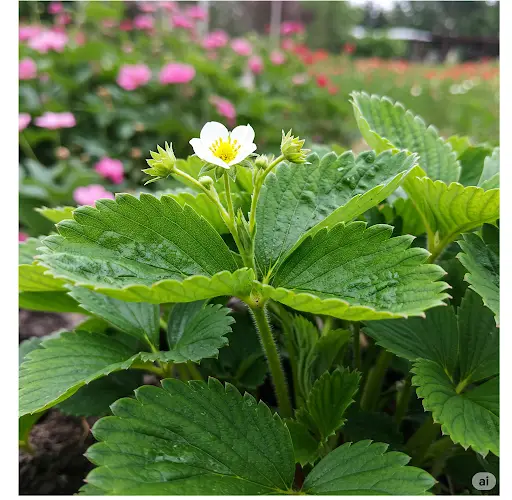Strawberries are one of the most rewarding fruits to grow in the home garden. They’re delicious, versatile, and relatively low-maintenance once established. Best of all, strawberries are easy to propagate, allowing you to expand your patch each year without spending extra on new plants.
Whether you’re a beginner or a seasoned gardener, learning to propagate strawberries will help you maintain a healthy, productive garden full of sweet, juicy berries. Here’s how to do it effectively using simple and proven techniques.
Understanding Strawberry Propagation
There are three main types of strawberries: June-bearing, everbearing, and day-neutral. All can be propagated, but June-bearing varieties are especially prolific in producing runners—the most common and effective method of propagation.
Strawberries can be propagated in three main ways:
-
By runners (also called stolons)
-
By dividing mature plants
-
By seed (less common and more time-consuming)
The easiest and most reliable method for home gardeners is through runners.
Method 1: Propagating by Runners (Best Method)
Strawberry plants naturally send out horizontal stems called runners or stolons during the growing season. These runners produce small plantlets at their tips that root themselves when they touch the soil.
Step-by-Step Guide:
-
Identify healthy runners.
Look for runners with small, green plantlets that have already begun developing roots. -
Position the plantlets.
Instead of letting them root randomly, guide them into position by placing the plantlet onto loose, moist soil near the mother plant. You can plant them directly in the garden or into small pots if you want to transplant them later. -
Secure the plantlet.
Use a small U-shaped wire, garden staple, or even a paperclip to pin the plantlet into the soil. This helps it make firm contact and encourages quick rooting. -
Water regularly.
Keep the soil moist but not soggy. Within a couple of weeks, roots will establish, and the plantlet will begin growing independently. -
Detach from the mother plant.
Once the new plant is well-rooted (usually 2–4 weeks), you can cut the runner connecting it to the parent plant. The new strawberry plant is now ready to be transplanted or left to grow in place.
Pro Tip:
Avoid allowing too many runners to grow unchecked during the fruiting season, as they can reduce the mother plant’s productivity. Instead, prune excess runners and root only the ones you plan to keep.
Method 2: Dividing Mature Plants
If your strawberry patch is a few years old and becoming overcrowded, you can divide mature plants to rejuvenate the bed and start new ones.
Steps:
-
Dig up an established plant.
Choose a healthy, vigorous plant that has multiple crowns (the part of the plant where leaves, roots, and runners originate). -
Separate the crowns.
Gently tease apart the crowns using your hands or a sharp knife, ensuring each division has roots attached. -
Replant immediately.
Plant the separated crowns in well-prepared soil, spacing them 12–18 inches apart. Water thoroughly after planting. -
Care as usual.
Keep the soil consistently moist while the divisions establish new root systems.
Method 3: Growing from Seed (Less Common)
While growing strawberries from seed is possible, it’s more challenging and takes longer to produce fruit-bearing plants. It’s often used for alpine or wild strawberries rather than standard varieties.
If you’re curious to try:
-
Collect seeds from overripe berries or purchase packets from a supplier.
-
Chill seeds in the refrigerator for 2–4 weeks to mimic winter conditions (a process called stratification).
-
Sow in trays filled with seed-starting mix and keep moist.
-
Transplant seedlings when they have a few sets of true leaves.
This method can be fun but is best suited for patient gardeners or those interested in breeding new varieties.
When to Propagate Strawberries
-
Best time for runner propagation: Late summer to early fall, when plants are still actively growing.
-
Best time for division: Early spring or just after harvest in summer.
-
Avoid propagating during extremely hot or cold weather, as young plants may struggle to establish.
Caring for New Strawberry Plants
Once your propagated plants are in the ground:
-
Keep the soil consistently moist but avoid waterlogging.
-
Mulch around the base with straw or compost to retain moisture and prevent weeds.
-
Feed lightly with compost or a balanced fertilizer to encourage strong growth.
-
Remove flowers in the first season to help the plant focus on root and leaf development.
Final Thoughts
Propagating strawberries is an easy and rewarding way to grow your garden with minimal cost. Whether you’re rooting runners, dividing mature plants, or experimenting with seeds, these methods will help you build a lush, productive strawberry patch that provides years of harvests.
Take a little time to multiply your plants now, and you’ll enjoy a sweet return in the seasons to come.



